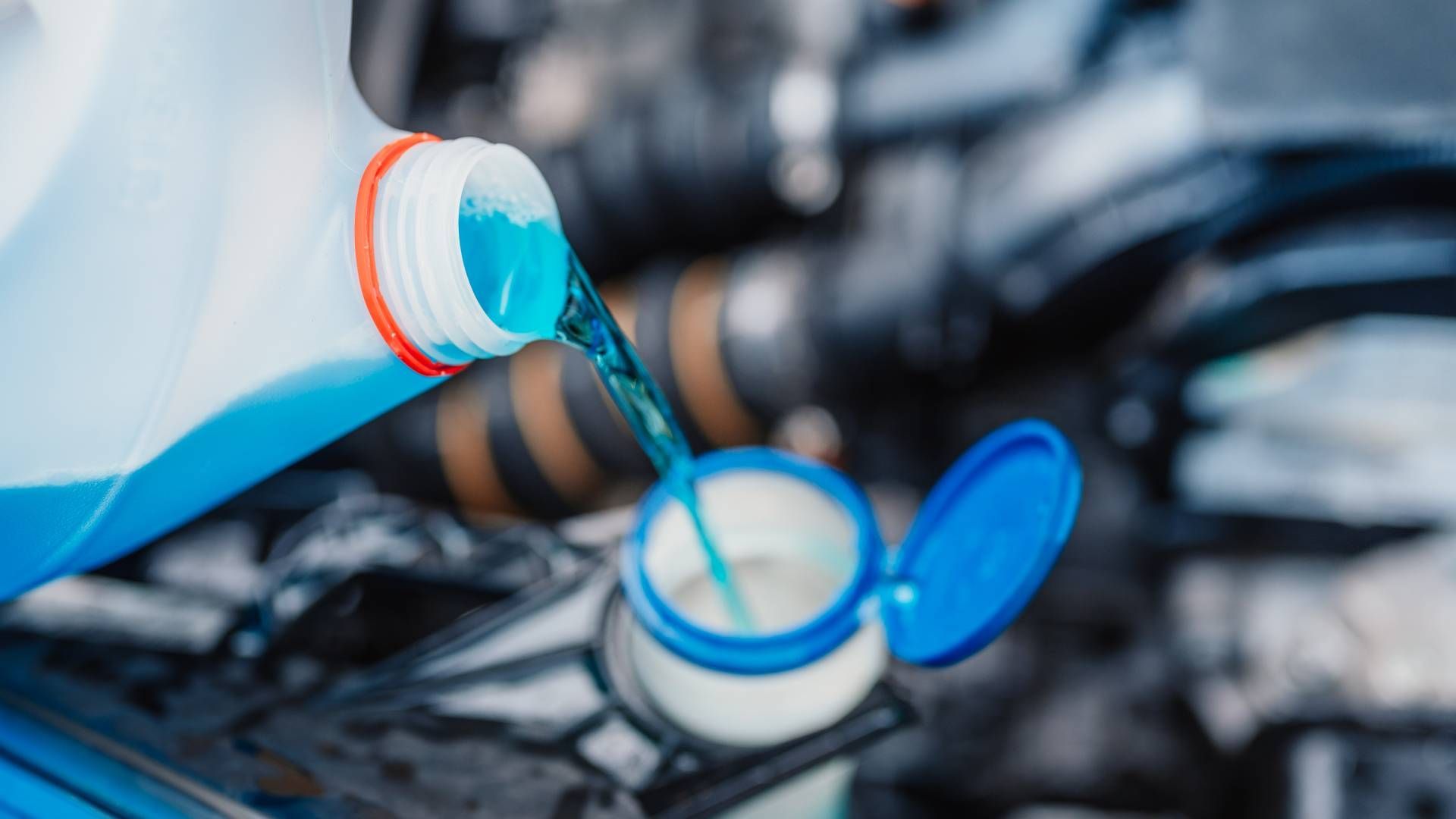Importance of Transmission Fluid for Cars Near Cincinnati, OH
Your vehicle depends on a variety of moving parts and fluids to not only turn on when you turn the ignition but also to continue driving reliably. This is no different when it comes to your car’s transmission. By keeping up with maintenance on your transmission, you’ll continue enjoying a responsive acceleration experience along with smooth gear shifts. And while you’ll be changing your oil the most often out of any of your car fluids (other than fuel), you also shouldn’t underestimate the importance of transmission fluid for cars.
What is Transmission Fluid For?
In the same way that your oil will lubricate your car’s engine, your transmission fluid helps keep your transmission operating smoothly. The transmission fluid prevents your transmission from grinding metal parts together during gear shifts, which allows your vehicle to accelerate without any problems. It also helps you avoid wear on your transmission since the parts won’t be generating as much friction.
For automatic transmissions, your car’s transmission fluid also plays a role in the actual process of shifting gears. Automatic transmission fluid helps create the hydraulic pressure that causes the transmission to go from one gear to the next.
Different Types of Transmission Fluid
The most common types of transmission fluid are manual transmission fluid and automatic transmission fluid, which simply correspond to their respective transmission types. Sometimes, you may see manual transmission fluid referred to as transmission oil in older vehicle owner’s manuals. You’ll also find variants of synthetic transmission fluid for CVTs and dual-clutch transmissions.
You’ll also find conventional transmission fluid and synthetic transmission fluid. Conventional transmission fluid is made from a byproduct of crude oil and is made from the reshaping of hydrocarbons specifically for different types of vehicles. On the other hand, synthetic transmission fluid is made using chemical reactions that produce an effective lubricant for transmissions.
Generally speaking, synthetic transmission fluid is better for getting more mileage in between transmission fluid changes since it breaks down more slowly. However, it’s important to check with your owner’s manual since some cars require traditional transmission fluid.
When to Change Your Transmission Fluid
So, how often do you need to change your transmission fluid? The answer varies greatly between different models, but it generally falls somewhere between every 30,000 to 60,000 miles for most cars.
There are also some signs to look out for that your car needs to have its transmission fluid changed. Some of the most common signs are unpleasant noises, such as loud roaring noises when accelerating or hearing a chattering sound when accelerating. You should also check the color of your transmission fluid by checking the dipstick. Healthy transmission fluid should either be clear or red while contaminated transmission fluid will appear a muddy brown or green color.
Here at
Mr. Transmission, we are here to provide all of your transmission care needs, from transmission fluid changes to total transmission rebuilds. We are located in Sharonville, OH and serve Sharonville, Cincinnati, West Chester, Mason, and Mainville, OH. Contact us today to schedule your service appointment!











